At its Wolverhampton plant, Jaguar Land Rover is deploying high-speed hairpin winding machines to increase electric motor performance while retraining its workforce for a future of electric propulsion.
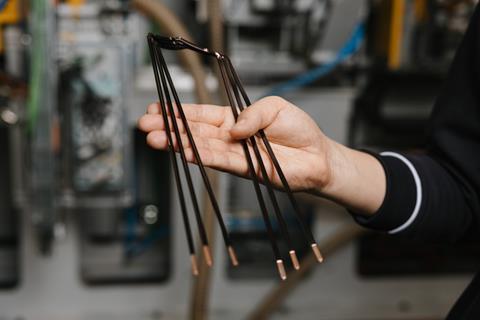
”The result is up to 25% more efficiency, which directly translates into increased range for electric vehicles and a reduction in waste heat”
Electric vehicle performance is not only about batteries and inverters. It also depends on the motor, and specifically on the way it is wired. At Jaguar Land Rover’s Electric Propulsion Manufacturing Centre in Wolverhampton, this wiring now takes the form of tiny copper hairpins; compact, U-shaped conductors that are transforming both motor efficiency and manufacturing processes.
In the world of electric drive units, size, shape and precision matter. Hairpin windings, unlike traditional round copper wires, allow for a tighter, more densely packed stator. This enhances the energy transfer between the electric current and the rotating magnetic field that powers the motor. The result is up to 25% more efficiency, which directly translates into increased range for electric vehicles and a reduction in waste heat.
Keeping up with demand: JLR Wolverhampton’s six new hairpin winding machines
Each EV motor may contain as many as 200 of these shaped copper elements. JLR’s Wolverhampton facility has recently installed six new hairpin winding machines to meet the scale of this demand. Each of these machines can produce one copper hairpin every 2.5 seconds, amounting to over 40 million per year, with a level of precision unachievable by manual processes. The total cost of works for this new installation is over £7 million, according to JLR.
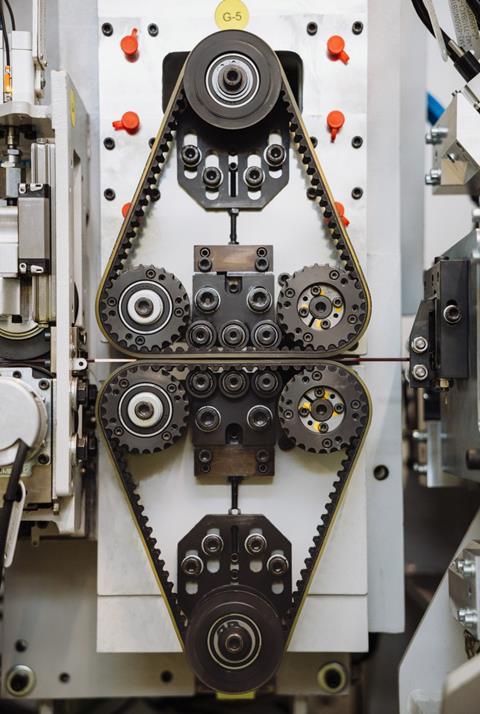
“Think of traditional motor winding like driving down a country road—full of twists and turns that slow you down,” says Satyender Bidesi, Manufacturing Engineering Manager at JLR.
“Hairpin wiring, on the other hand, is like cruising on a straight, high-speed highway. With fewer detours and more direct paths, energy flows more efficiently, delivering more power with less waste.”
The engineering logic is as elegant as the machinery is fast. Hairpin windings are flat copper bars bent into a U-shape and then pressed into position by robotic systems. Their compact design not only allows for greater energy density but also improves heat dissipation, enhancing motor durability and allowing more compact packaging.
For upcoming models such as the Range Rover Electric, these features are essential to balancing luxury, performance and sustainability.
“The precision and efficiency of hairpin winding technology are game changers for EV manufacturing. At JLR, we are leveraging this innovation to create world-class electric powertrains that deliver performance, sustainability, and luxury in equal measures”
- Satyender Bidesi, Manufacturing Engineering Manager, JLR
How hairpins hold to automotive automation and allows for scaling
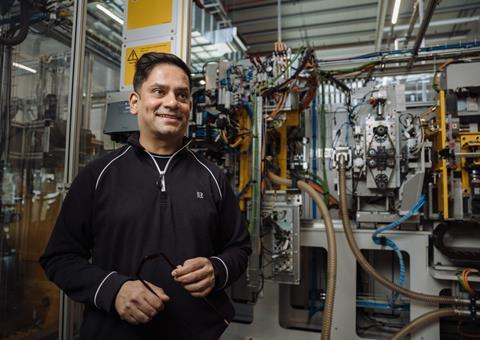
Hairpin manufacturing is ideally suited to automation. The consistency achieved with robotic winding ensures each stator meets tight tolerances and reduces variability in motor performance. This repeatability also allows JLR to scale EV motor production without compromising quality. For a company navigating a fast-moving energy transition, this is not a minor consideration.
“The precision and efficiency of hairpin winding technology are game changers for EV manufacturing,” says Bidesi. “At JLR, we are leveraging this innovation to create world-class electric powertrains that deliver performance, sustainability, and luxury in equal measures. This incredible progress is thanks to our team’s unwavering hard work in implementing this new technology. Their passion and commitment have truly brought this innovation to life.”
The evolution of skills and capabilities on the factory floor
Behind the copper coils and computer-guided bending machines lies another transformation, one that is just as fundamental. As internal combustion engines are phased out, the skills required on the factory floor are evolving. And yet, the core capabilities - attention to detail, process problem-solving, and assembly expertise - remain relevant, even if the parts no longer involve pistons or spark plugs.
“Being trained on new technologies like hairpin machines has been an exciting part of my career journey at JLR. What makes it even better are my colleagues. Learning together as a team has not only enhanced my skills but also created a supportive and inspiring environment”
- Xichao Zhang, Manufacturing Process Engineer, JLR
Technicians who once assembled fuel systems or crankshafts are now learning to align copper conductors and troubleshoot hairpin insertion machines. “Being trained on new technologies like hairpin machines has been an exciting part of my career journey at JLR,” says Xichao Zhang, a Manufacturing Process Engineer.
“What makes it even better are my colleagues. Learning together as a team has not only enhanced my skills but also created a supportive and inspiring environment. It’s amazing to work on something together that’s shaping the future of mobility and making EVs more efficient.”
Read more JLR stories
- Smart factories and partners power JLR’s circular seat foam
- JLR creates 150 EV manufacturing roles in the UK
- Investing £65m ($80m) in sustainable luxury paint expansion: JLR
- How JLR is putting sustainability at the centre of its strategy
JLR’s £20 million annual investment into Future Skills
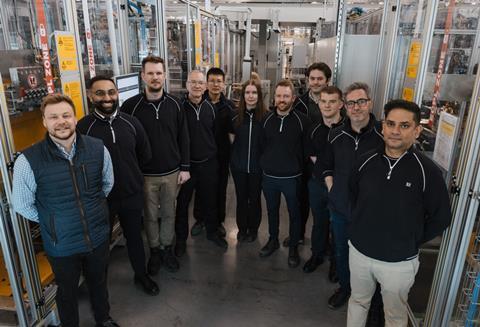
To support this shift, JLR is investing £20 million ($25.8 million) annually through its Future Skills Programme, aimed at reskilling thousands of engineers, technicians and operators. The initiative seeks to close the knowledge gap between traditional vehicle manufacturing and the new demands of electric propulsion.
JLR’s approach reflects a broader shift underway across the automotive sector. As OEMs compete to electrify their fleets and build cleaner, more efficient drivetrains, technologies such as hairpin winding represent an edge—one that is not just about materials or machines, but also about methods and mindsets.
With the industry’s pivot to electric vehicles accelerating, the technologies being developed and deployed at Wolverhampton provide a glimpse into the future of automotive manufacturing. It is a future where small components—bent and shaped with care and precision—enable larger changes in performance, sustainability and industrial capability.
JLR is betting on this convergence of heritage craftsmanship and high-speed automation to deliver on its Reimagine strategy. And the humble hairpin, once just a reference to a coiffure accessory, now stands as a symbol of the company’s electrified ambitions.

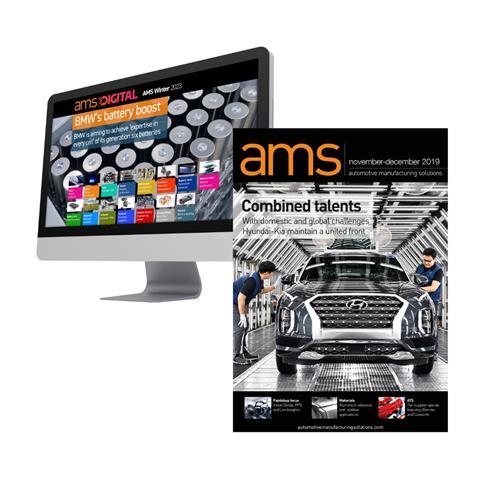
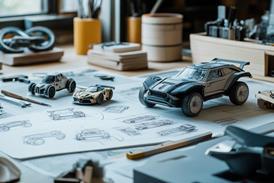
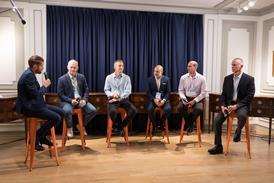




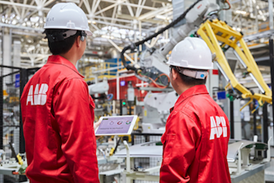

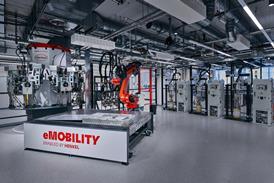
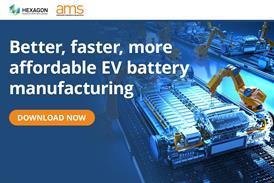

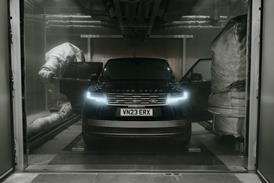
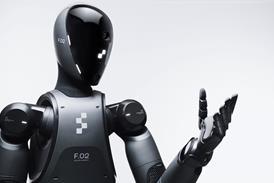
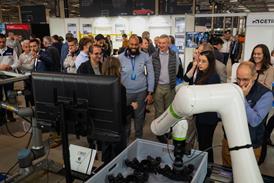
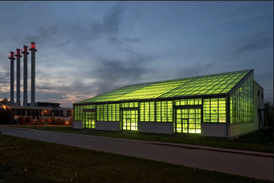
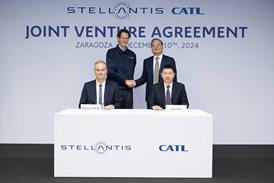
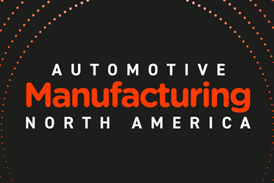
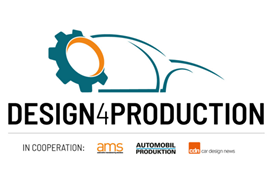
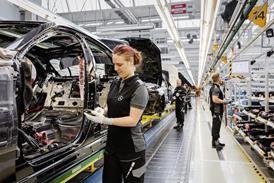

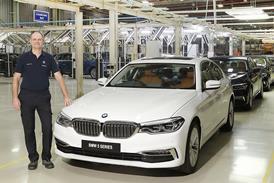
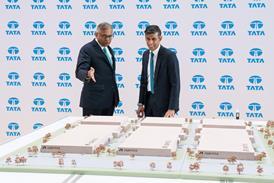

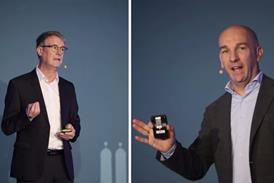
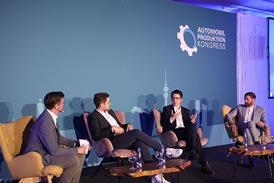
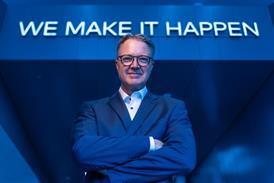
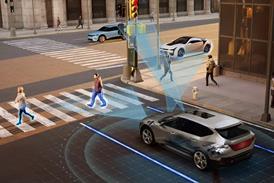

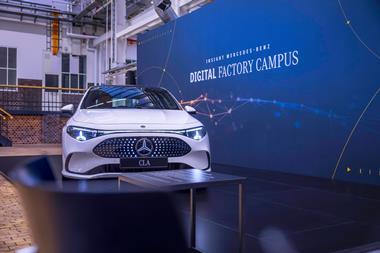
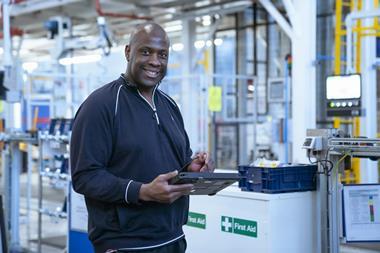
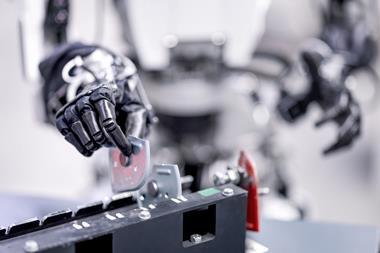
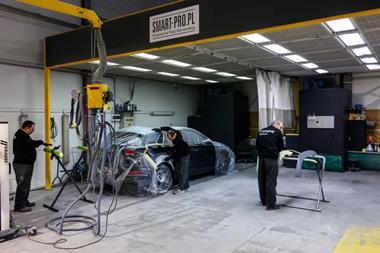
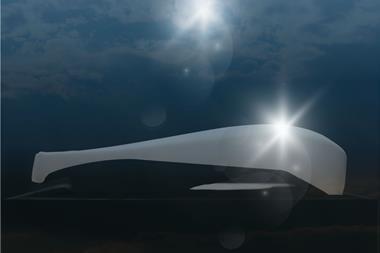



No comments yet